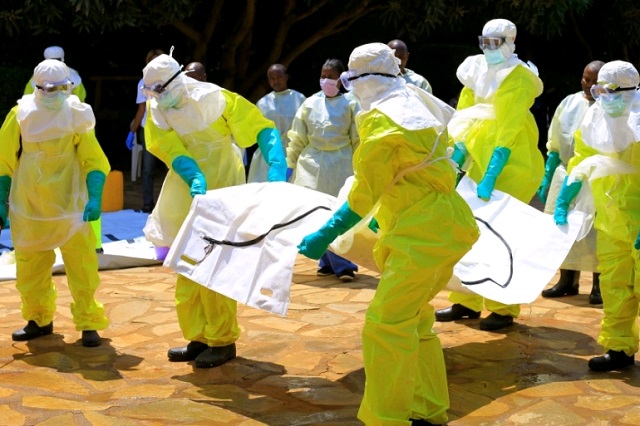Health workers and local leaders are worried about the numerous porous and illegal border entries in West Nile which could hinder prevention measures against Ebola.
Last month, the Ministry of Health confirmed an outbreak of Ebola in Mubende district after a sample taken from a 24-year-old male from Madudu sub-county, tested positive for the Sudan strain of Ebola.
According to security personnel in the region, there are over 360 illegal border entry points running from Koboko to Zombo district, which are often used by people to cross from Uganda to the Democratic Republic of Congo-DRC as well as South Sudan.
Alice Akello, Arua City Resident Commissioner says the porous border is a threat that puts Arua city and the entire West Nile region at risk. She however says there is a need for the locals to be more vigilant amidst the current Ebola threat.
Richard Bayo, the Regional Disease Surveillance Officer, Infectious Disease Institute (IDI) notes that health workers need to increase their suspicion index as a strategy to prevent the spread of the deadly disease in the sub-region.
Elias Mahmud, the in-charge risk communication and laboratory services Arua city explains they have enhanced surveillance at the designated border points as a precautionary measure to contain the current threat.
But Lt Col. Pius Alitema, the RDC of Zombo district says although the porous border points are threatening the fight against Ebola, he is confident that with DRC and South Sudan already members of the East African Community, it will be easy to manage the movement of people through the illegal points.









